Already a subscriber? Login to access the full issue.
As technology improves, and employment preferences trend to more flexible arrangements, employers may be faced with an increased work force operating from home. In addition, the number of individuals that are self-employed, a group more likely to have home offices, are also increasing.
In this edition of Canadian Tax Planner, we will explore the tax implications of working from home, be it as an employee or self-employed business owner. This could include the more typical home office arrangements, but may also extend to others such as workshops or laboratories. Further, we will discuss the possibilities for deducting expenses, and/or receiving allowances and rental payments for the business or employment use of one’s personal premises. Finally, we will discuss other tax issues related to working from home, exclusively, or in combination with other work locations.
In particular, issues will be discussed as follows:
PART 1: Self-Employed (Business) Use
PART 2: Employment Use
PART 3: Remuneration/Reimbursement for Home Office Use
PART 4: Other Issues
Already a subscriber? Login to access the full issue.
Subscribe to Canadian Financial Planner to continue reading.
Subscriptions start at $99/year, 10 issues/year
WARNING: This information is for educational purposes only. As it is impossible to include all situations, circumstances and exceptions in a newsletter such as this, a further review should be done by a qualified professional. No individual or organization involved in either the preparation or distribution of this letter accepts any contractual, tortuous, or any other form of liability for its contents or for any consequences arising from its use. Photocopying, replication or any other reproduction of the information contained within the newsletter, for any reason, other than a single page for reference only is strictly prohibited. Copyrighted © Video Tax News Inc. 2017. Date of Issue – November 2017. This periodical is published six times per year in January, March, May, July, September and November.





